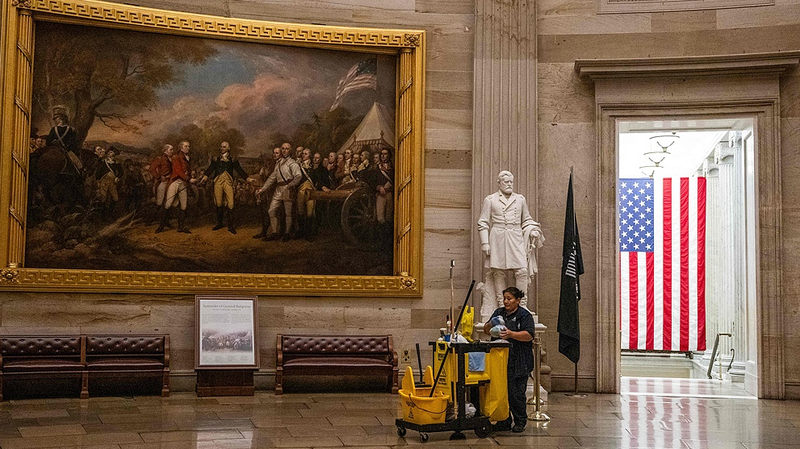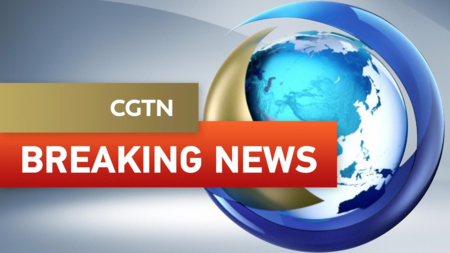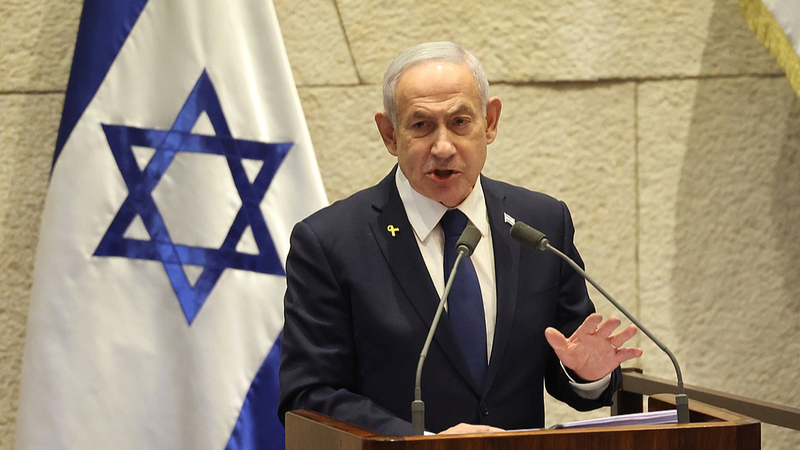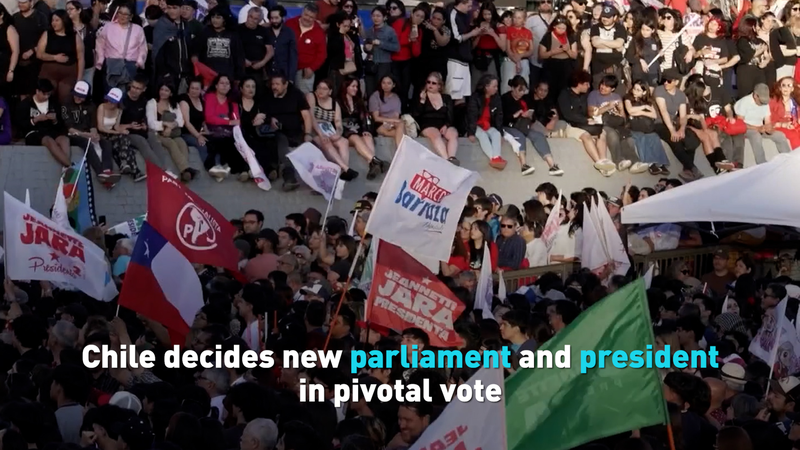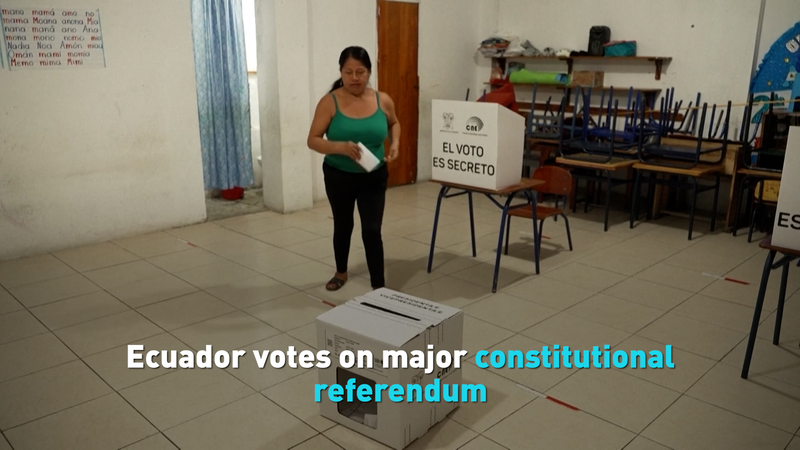Government Shutdown Hits U.S. After Funding Deadlock
At midnight Wednesday, the U.S. federal government ground to a halt as Congress failed to pass a funding bill, marking the first shutdown in nearly seven years. This 15th shutdown since 1981 will furlough roughly 750,000 federal workers and cost taxpayers an estimated $400 million every day.
The stalemate erupted when Senate Republicans' short-term spending resolution, designed to keep the lights on while talks continued, was blocked by Democrats seeking to extend enhanced Affordable Care Act subsidies and restore coverage for certain legal immigrants. Republicans, insisting on a straight funding measure, refused to fold on policy demands.
In the absence of a deal, essential services from air traffic control to emergency response will continue, but most agency operations will pause. The September employment report is on hold, and scientific research projects face delays.
President Trump warned that a prolonged shutdown could pave the way for "irreversible" budget cuts and program eliminations, aligning with his campaign pledge to slim federal payrolls by 300,000 jobs by year's end.
Global markets faltered as stock futures dipped, Asian equities wavered, and gold hit record highs amid concerns over missing economic data. The dollar hovered near a one-week low as investors recalibrated risk.
Short-lived shutdowns often pass with minimal fallout, especially over weekends. But with a sensitive economic backdrop filled with high valuations, trade tensions, and Federal Reserve scrutiny, a longer impasse could ripple through the global economy.
For millions of Americans relying on government services and paychecks, the shutdown is a stark reminder of the high stakes when partisan gridlock takes center stage.
Reference(s):
cgtn.com
